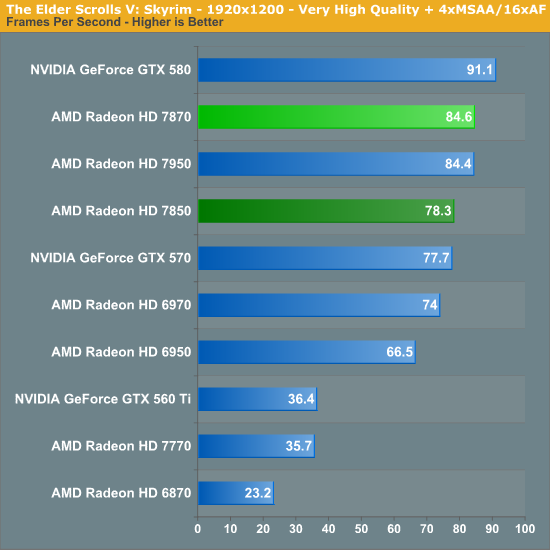But there's no way they'd do this. They'd rather have games run at a lower resolution or framerate than the competition than completely break the user experience they're marketing. MS is marketing the XB1 as a TV extender that does games as well. All the running of apps and snap mode, etc., is key to their vision. If they break that...they trash their vision.
Imagine people's confusion and complaints when they can run their apps or use snap mode with every game EXCEPT for COD, let's say. Or if you just let developers kill that when they want, how long is it before none of the apps or snap mode works with ANY of the games your playing.
No, MS won't do that. People just have to realize, I believe, that MS is targeting the XB1 differently than it did the 360. They also already said they didn't target the higher end of graphics, etc., for gaming, people just didn't listen. In the end, MS is banking on the app and TV functionality making the XB1 take off like the Wii did. Remember, the Wii's graphics capabilities were NOTHING like the X360 or the PS3, but it did very well. MS wants to do that, and the XB1 system is the way they believe they can make that happen.



